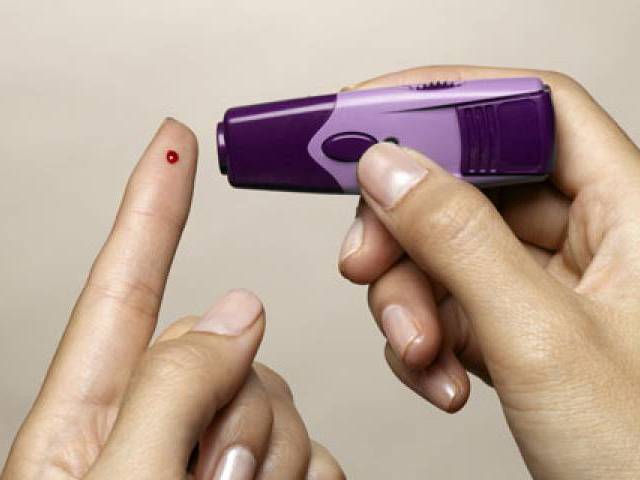
AI-powered diabetes diagnosis, treatment developed by Chinese, Singaporean researchers
A collaborative team of Chinese and Singaporean scientists has pioneered an artificial intelligence (AI) tool for primary diabetes care, which is the world's first multimodal large language model (LLM) tailored for managing this prevalent chronic disease. It was estimated that over 500 million individuals globally were living with diabetes in 2021, predominantly in low and middle-income countries. These regions often face a shortage of trained primary care physicians and limited access to proper screening for diabetic retinopathy, a serious eye condition associated with diabetes. Researchers from Tsinghua University, Shanghai Jiao Tong University and the National University of Singapore developed a GPT-4-like system that can provide personalized diabetes management guidance for primary care physicians. The image-plus-language platform, known as DeepDR-LLM, is designed to harness the power of LLM and deep learning to provide a comprehensive solution for medical image diagnostics and the delivery of tailored treatment recommendations, according to the study published recently in the journal Nature Medicine. The team employed an open-source LLM that used 371,763 real-world management recommendations from 267,730 participants. Then, they validated the image module using 21 datasets with standard or portable retinal images from seven countries, which are China, Singapore, India, Thailand, Britain, Algeria and Uzbekistan. According to the study, in a retrospective assessment, the system performed on par with primary care physicians in English and surpassed them in Chinese. Also, in the task of identifying diabetic retinopathy, the average accuracy of primary care physicians was 81.0 percent unaided and increased to 92.3 percent when supported by the system. The researchers advocate for the adoption of this system within primary care protocols for diabetes, as it stands to markedly increase the efficiency of both diagnosis and treatment, resulting in better health outcomes for diabetic patients.

A collaborative team of Chinese and Singaporean scientists has pioneered an artificial intelligence (AI) tool for primary diabetes care, which is the world's first multimodal large language model (LLM) tailored for managing this prevalent chronic disease. It was estimated that over 500 million individuals globally were living with diabetes in 2021, predominantly in low and middle-income countries. These regions often face a shortage of trained primary care physicians and limited access to proper screening for diabetic retinopathy, a serious eye condition associated with diabetes. Researchers from Tsinghua University, Shanghai Jiao Tong University and the National University of Singapore developed a GPT-4-like system that can provide personalized diabetes management guidance for primary care physicians. The image-plus-language platform, known as DeepDR-LLM, is designed to harness the power of LLM and deep learning to provide a comprehensive solution for medical image diagnostics and the delivery of tailored treatment recommendations, according to the study published recently in the journal Nature Medicine. The team employed an open-source LLM that used 371,763 real-world management recommendations from 267,730 participants. Then, they validated the image module using 21 datasets with standard or portable retinal images from seven countries, which are China, Singapore, India, Thailand, Britain, Algeria and Uzbekistan. According to the study, in a retrospective assessment, the system performed on par with primary care physicians in English and surpassed them in Chinese. Also, in the task of identifying diabetic retinopathy, the average accuracy of primary care physicians was 81.0 percent unaided and increased to 92.3 percent when supported by the system. The researchers advocate for the adoption of this system within primary care protocols for diabetes, as it stands to markedly increase the efficiency of both diagnosis and treatment, resulting in better health outcomes for diabetic patients.
